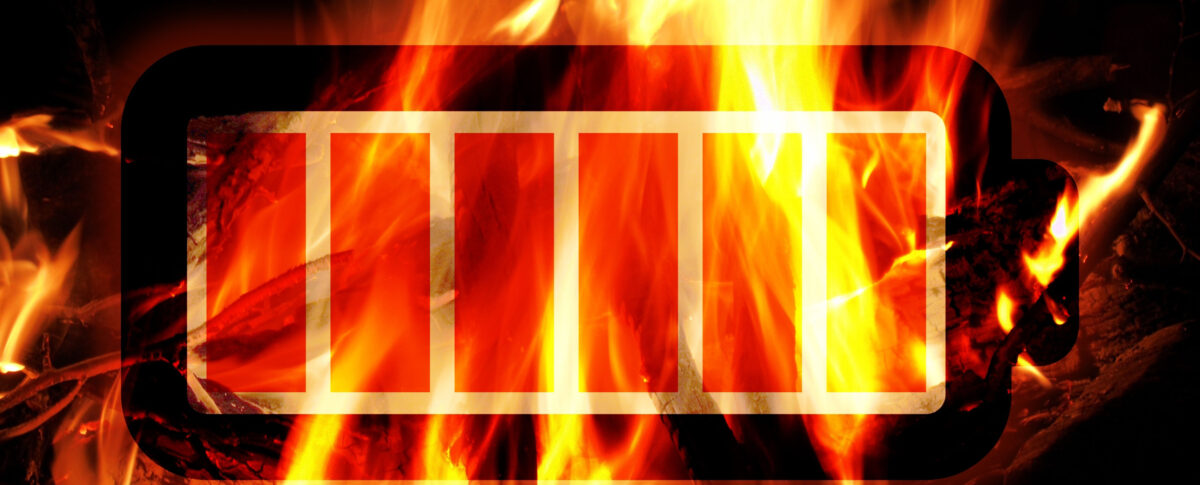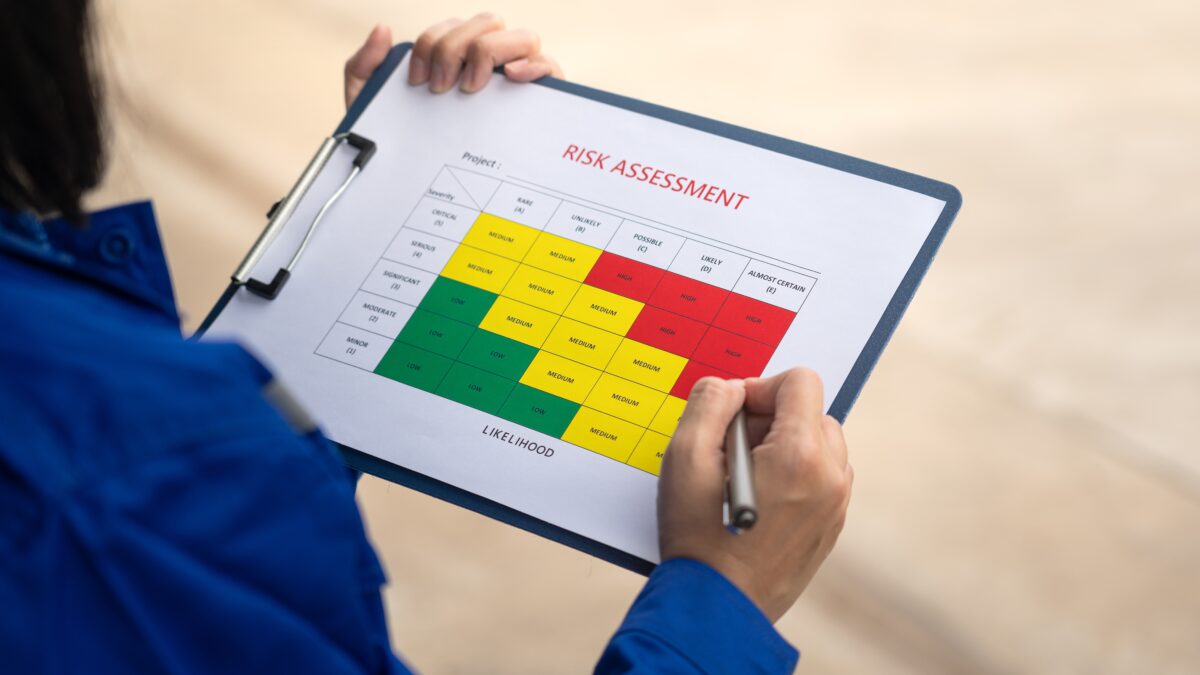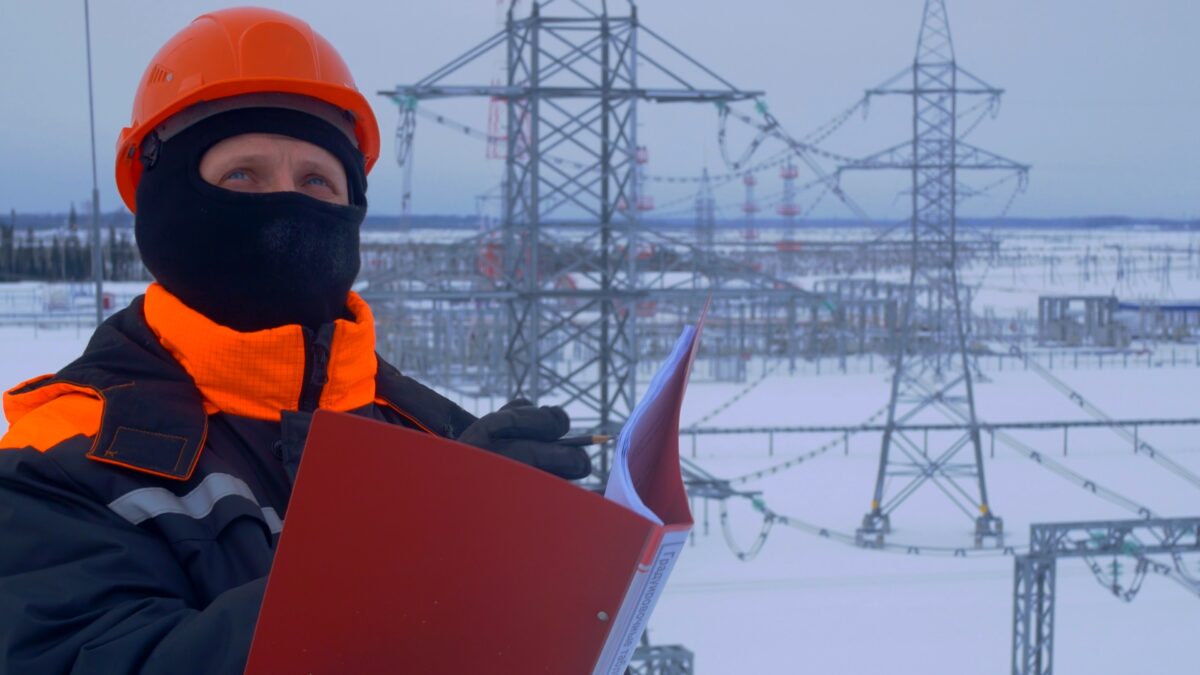The rising threat of battery fires is impacting insurance for recycling and waste companies
By Jason Maslin & Kenn Kunze
Battery fires quickly are becoming one of the biggest challenges in the recycling and waste industries. Whether a lithium-ion battery from an electric vehicle or a tiny button battery tucked into a greeting card, these seemingly harmless objects are causing serious safety concerns. And they’re not just sparking fires, they’re also driving up insurance premiums and changing how recyclers and waste management companies manage risk.
In this article, we’ll explore how battery fires happen, why they’ve become such a growing issue and how businesses can protect themselves while working with their insurers to avoid surprises.
A growing problem
Lithium-ion batteries are everywhere. Seriously—stop and think about how many you’re carrying right now. Most people probably have six to 10. These include a smartphone, smartwatch, wireless earbuds, fitness tracker and maybe a backup charger. These batteries are incredible because they last a long time and power many of our favorite devices.
But here’s the catch: When they end up at a recycling facility or in the waste stream, things can go very wrong. If not handled properly, lithium-ion batteries can become serious ignition sources. Recycling facilities are full of flammable materials, so once a fire starts, it can spread quickly. What could’ve been a minor spark can rapidly turn into a raging fire that puts employees and entire communities at risk.
A unique danger
All batteries store energy, which means there’s always some potential for heat or sparks. Lithium-ion batteries pose a unique danger because of something called thermal runaway.
When a battery is damaged, whether from being crushed, punctured or overheated, it can enter thermal runaway. This means the battery gets so hot that it starts generating its own heat in a self-reinforcing cycle. The heat builds until the battery leaks, swells, catches fire or even explodes. And once that process starts, it’s hard to stop.
Unfortunately, the conditions at many recycling and waste facilities can trigger thermal runaway.
Even small batteries can be a problem. Take button batteries, for example. These tiny, seemingly innocent batteries are easy to miss during sorting. If they’re punctured or damaged, they can ignite nearby materials. The scary part is that we all have these types of batteries in our homes—think car key fobs, remote controls, toys and even birthday cards that sing.
When it comes to storing and disposing of batteries properly, consumers could consider keeping spare batteries in a dedicated plastic container to avoid tossing them into a junk drawer with paper, matches or other flammable items. Used batteries can be protected during disposal by taping the contacts and delivering them to a battery recycler rather than placing them in the waste can or blue bin.
The insurance angle
Companies in the recycling or waste business probably have noticed insurance premiums going up. Fires caused by batteries have become so common that insurers are adjusting their rates across the board—even for companies with clean records.
Typically, waste businesses are seeing 15 percent to 20 percent premium increases. But for companies that have had claims in the past, those increases can be as high as 50 percent or more.
When considering an insurance company, underwriters look at a facility’s operations and claims history. They focus on two key things: frequency, or how often the company has had incidents; and severity, or how serious and costly those incidents were.
Battery fires have been ticking both boxes. These fires can destroy buildings, equipment, vehicles and inventory. Business interruption claims add even more to the cost.
Our client base has seen several high-dollar claims caused by small batteries that slipped through unnoticed. Insurers understandably are nervous and have begun passing that increased risk on to their policyholders.
Another trend we’re seeing is tighter policy restrictions. Some insurers are adding warranties or exclusions related to fire coverage. For example, a policy might require the company to have active fire, smoke and carbon monoxide alarms monitored by a central station.
Some policies won’t cover battery fires unless a sprinkler system is installed. Others are outright excluding certain types of fires caused by batteries.
The bottom line? Read insurance policies carefully. Know what’s required to maintain coverage and what exclusions might apply.
Proactive steps to reduce risk
The good news is that companies can take many steps to manage risk and reduce the chance of a fire.
1. Create a comprehensive fire management plan.
A fire prevention plan is required by the U.S. Occupational Safety and Health Administration and will be reviewed by an underwriter. However, the best reason to have a plan is to guide training and audits to reduce fire risk. Think of it like a playbook. The fire prevention plan is your “offense” when you’re in control and winning the game.
An emergency action plan also is required. Think of that as your “defense.” If you fumble, you need to get back on offense as soon as possible with little loss. Audits, meanwhile, are your “scoreboard.” Companies should assess regularly to see if they’re meeting the goals outlined in their fire management plans.
2. Focus on key areas.
Inbound source control: A company’s first line of defense is keeping batteries and other risks out of the facility in the first place. Educate customers and the public about what shouldn’t end up in the recycling stream.
Pile management: Big fires need big piles of fuel. Set limits on pile sizes, including pile height and perimeter. Keep them separate from ignition sources and valuable property. Have a plan for handling incoming material whenever processing equipment is down.
Hot work program: Activities like welding, cutting and grinding cause about 20 percent of fires in the recycling industry. A hot work permit program will help control these risks. Keep all documentation on file for one year.
Detection and protection systems: Fire alarms, sprinklers and other systems are essential. Make sure they’re regularly inspected, tested and maintained to ensure an effective response when required.
3. Get everyone involved.
Your team is your greatest asset, and employee engagement is essential. Employees are on the front lines, so make sure they’re trained and understand their role in fire prevention.
Education is a key component in reaching zero waste goals, yet many communities struggle without the help of a digital tool. Traditional methods can only communicate so much, are tough to keep updated, and create barriers for residents looking for the information they need.
The local fire department should be part of a fire prevention plan as well. Invite firefighters to tour the facility and learn about the risks and resources available, building that relationship before an emergency happens.
Consult the experts at organizations like the Recycled Materials Association and IC Fire Prevention LLC, which offer resources and assessments to help companies reduce risks.
When it’s time to renew insurance policies, make a strong first impression. Once an underwriter declines an application, it’s hard to change their mind.
Applicants should write a detailed executive summary that explains how the business operates, what equipment is used, safety practices and risk management strategies and claims history and what the company has done to improve.
Insurers appreciate it when companies are proactive and transparent. Some even offer risk management tools to help companies improve safety.
Safety committees
We also recommend forming a safety committee to keep risk management efforts on track. The most effective safety committees meet regularly, adjusting the agenda as needed to focus on high-frequency and high-risk concerns first. Committees should involve people from every department—encourage participation by entertaining all ideas and prioritizing them by relevance rather than ridiculing any individual idea.
Lithium-ion batteries—and battery fires in general—are forcing the recycling and waste industries to rethink how they manage risk. Insurers are watching closely, focusing on the increased frequency and severity of these fires. Companies without solid fire management plans are seeing skyrocketing rates, policy exclusions and stricter requirements.
But there’s hope. Emerging technologies are making it easier to detect fires early, and battery manufacturers are working on safer designs. For now, the best way forward is to be proactive. Develop a strong fire prevention plan, work closely with insurers and engage with employees, experts and the local fire department. Taking these steps will help protect your people, your property and your business.
Jason Maslin is an insurance counselor and vice president at Bradley & Parker, Melville, New York, focusing on commercial, group and personal insurance for high-net-worth companies and individuals. Kenn Kunze of IC Fire Prevention LLC is a retired battalion chief with the Fort Wayne, Indiana, fire department. Learn more at www.icfireprevention.com.





